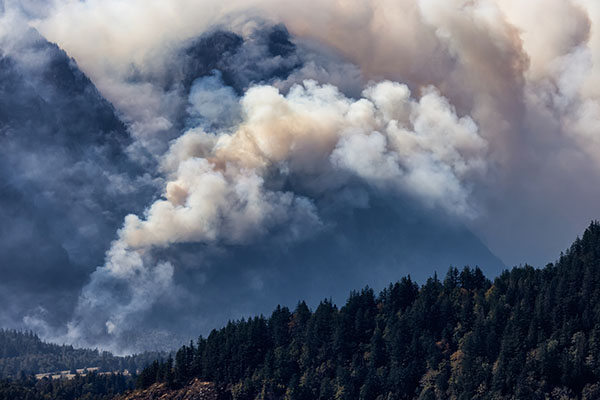
Researchers at Yale University and Columbia University collaborated with the World Economic Forum to produce the biennial report which ranked 180 countries based on 24 performance indicators across 10 issue categories that covered environmental health and ecosystem vitality.
“Supporting global data systems is one of the most important steps the world community can take to achieving sustainable development goals," said Zach Wendling, lead investigator of the 2018 EPI.
The report revealed that Switzerland topped the rankings in terms of sustainability as it showed the greatest performance in most issues, particularly in air quality and climate protection. France, Denmark, Malta, and Sweden came after Switzerland. On the other hand, India, Bangladesh, Burundi, Democratic Republic of Congo, and Nepal were at the bottom of the rankings.
Meanwhile, the U.S. ranked 27th, lagging behind other industrialized nations such as France (second), the U.K. (sixth), Germany (13th), Italy (16th), Japan (20th), and Canada (25th). The U.S. scored well on sanitation and air quality, but very poorly in deforestation and greenhouse gas emissions. Among the emerging nations, China and India place 120th and 177th respectively, which indicates the large population pressures and rapid economic growth imposed on the environment.

The most improved country over the past 10 years is Seychelles because of its commitment to eliminating greenhouse gas emissions. Other countries that have improved are Sao Tome and Principe, Kuwait, and Timor Leste due to the establishment of areas protecting the environment.
Environmental trends
The 2018 EPI also disclosed trends in each country and on a worldwide scale. The top five countries as well as other countries who obtained high scores displayed long-term commitments to protect public health, preserve natural resources, and reduce emissions of greenhouse gas coming from economic activity. Moreover, countries with low scores on the EPI have shown that there is a need for national sustainability efforts to work on their environmental performances, particularly in cleaning up air quality, protecting biodiversity, and reducing greenhouse gas emissions. Several countries that ranked low are in the midst of facing challenges, such as civil unrest, while other nations scored low because of weak governance, according to the researchers.
Globally, there is an improvement in the health results associated with drinking water and sanitation as well as protection of marine ecosystems. However, important issues remain unsolved, such as deterioration of fishing industries in most nations, especially in El Salvador, Papua New Guinea, and Portugal. Moreover, air quality continues to get worse in India, China, and Pakistan. Some countries have also suffered from deforestation in the previous five years due to policy failures.
Daniel C. Esty, director of the Yale Center for Environmental Law & Policy and the Hillhouse Professor at Yale University, said that policymakers need to determine who is leading and who is lagging on energy and environmental issues as the countries all over the world aim to develop new sustainable goals.
"The 2018 EPI confirms that success with regard to sustainable development requires both economic progress that generates the resources to invest in environmental infrastructure and careful management of industrialization and urbanization that can lead to pollution that threatens both public health and ecosystems,” he further explained.
Read more stories on the effects of pollution on public health at Pollution.news.
Sources include:
Please contact us for more information.






















